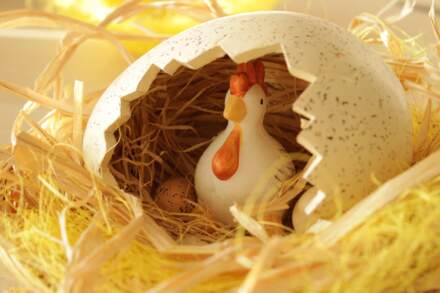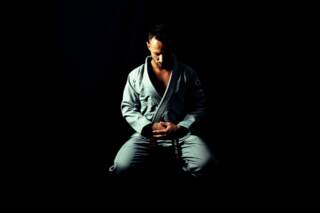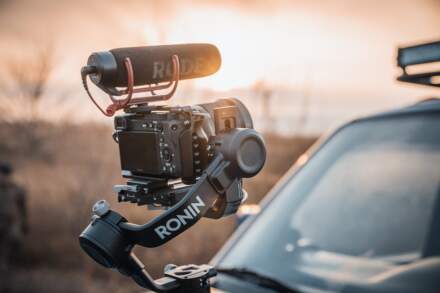Choosing the right baby walker is an important decision for parents embarking on the journey of encouraging their little ones to walk. Baby walkers can provide safety and support while allowing toddlers to explore their surroundings. However, with an overwhelming selection available on the market, it’s essential to understand which walker is right for your child. This detailed guide will walk you through the critical aspects of selecting the best baby walkers, including types, safety features, and practical tips to ensure a rewarding experience for both you and your baby.
Understanding Baby Walkers: Types and Features
Before diving into the specifics of selecting a baby walker, it is crucial to familiarize yourself with the different types of walkers available. Baby walkers generally fall into three categories: traditional walkers, push walkers, and activity walkers. Each of these has distinct features that cater to various developmental needs.
Traditional Walkers
Traditional baby walkers consist of a seat surrounded by a frame on wheels. These walkers allow babies to scoot around on their feet while providing support. While they can be a great tool for mobility, parents should exercise caution. Traditional walkers can be risky if created without safety features, as they can travel too quickly and pose hazards, such as falling down stairs or accessing dangerous areas. If you decide to go this route, ensure the walker meets safety standards and includes features like brakes and a wide base.
Push Walkers
Push walkers are designed for older infants who have begun to stand, but may not yet be ready to walk independently. These walkers come with a sturdy handle that enables babies to push them along. This type of walker encourages infants to pull themselves up and take steps, promoting balance and coordination skills. Many push walkers also double as toys, featuring blocks, buttons, and other engaging elements to capture your child’s attention.
Activity Walkers
Activity walkers cleverly combine mobility with entertainment. These usually have a sturdy seat for your baby to sit in while providing multiple engaging activities, such as lights, sounds, and toys, designed to stimulate development. They typically have a stationary frame with wheels that allow for safe movement. Activity walkers can also serve as a play station, keeping your baby entertained while you attend to other tasks.
Safety Features: What to Look For
Regardless of the type of baby walker you choose, safety should always come first. Here are the essential safety features to consider while shopping:
-
Sturdiness and Stability: Look for a walker with a solid construction that minimizes the risk of tipping over. A walker with a wide base is generally more stable and less likely to tip during use.
-
Brakes and Anti-Tip Mechanisms: Ensure the walker has effective brakes or anti-tip features. Some models come equipped with mechanisms designed to prevent the walker from rolling down inclines or bumping against furniture.
-
Height Adjustability: Babies grow quickly, so a walker that features adjustable height can accommodate your child as they grow. This feature ensures your child remains safely supported regardless of their height.
-
Safety Standards Compliance: Ensure that the walker meets applicable safety standards, such as those set by the American Society for Testing and Materials (ASTM) or the Juvenile Products Manufacturers Association (JPMA). Always check for certifications and labels from reputable safety organizations.
- Ease of Use: Look for a walker that is easy to maneuver and does not require excessive effort from your child. Models with smooth wheels or rolling systems provide better control and mobility for beginners.
Practical Tips for Choosing and Using Baby Walkers
Once you have a clear understanding of the different types of baby walkers and their safety features, it’s time to consider practical aspects to enhance the overall experience.
-
Age and Stage Appropriateness: Consider your child’s developmental stage before making a purchase. Ensure that the walker is appropriate for your baby’s age, weight, and height. Some walkers are specifically designed for particular age ranges, so check the manufacturer’s recommendations.
-
Space Considerations: Take into account the space available in your home for the walker. Some baby walkers are more suitable for larger spaces, while others are designed for compact living. If space is an issue, opt for a model that is foldable for easier storage.
-
Durability: Look for walkers made from high-quality materials. A durable walker will stand the test of time, particularly if you plan on using it for multiple children. Reviews and ratings from other parents can be helpful in determining the longevity of a product.
- Personal Preferences: Aesthetics and personal preferences also play a role in choosing a baby walker. Choose a design that appeals to both you and your child. Bright colors, fun patterns, or themes can make playtime more enjoyable.
Conclusion
Choosing the right baby walker is paramount for your infant’s safety and development. By understanding the different types of walkers, evaluating key safety features, and integrating practical considerations into your choice, you can ensure that you select a walker that promotes mobility while keeping your little one safe. As your baby learns to navigate their world, a thoughtfully chosen walker can be a great tool, providing both support and entertainment. Remember to supervise your child during walker use, engage with them, and encourage their efforts. With the right walker, you’re not just facilitating movement; you’re nurturing exploration and confidence in your growing child.











Leave a Comment